It’s the time of year for saving money!
Sunshine Daydream, a film starring The Grateful Dead, is not necessarily just about The Grateful Dead. The movie happens to also be a fascinating documentary of a moment in time, capturing in full flourish what the hippie movement was about and underscoring what it meant to that generation just as memories of “the 60s” began to fade and realities of “the 70’s” began to set in. More on that in a bit…
The stuff of legend — made on a shoestring budget on short notice and then never commercially released — Sunshine Daydream has just recently been issued for the first time officially since it’s creation on August 27, 1972. In that time, the movie has gone on to become an underground cult classic, shared among fervent traders and collectors who were able to get their hands on blurry copies made off of rough 16mm test prints from one-off showings back in the day.
I’ll be upfront with you: this film ain’t Citizen Kane or even close to the Woodstock movie of a couple years prior in terms of production values. Yet, it has a special low budget DIY charm that works very well in its own haphazard way (including clever use of supplemental “found” footage of the Dead from early “Acid Test” concerts and color footage of The Merry Pranksters on the road in the ’60s in their bus named “Furthur”). All that innocent blissed-out, idealism would have been long forgotten if it weren’t for the gargantuan performances of the Grateful Dead put to celluloid on that day. The fact is that everything came together that day — the band played one of the best shows of its career and the 20,000-strong crowd responded in kind with love and joy and the film-makers got some amazing footage down for the ages.
The quality on the Blu-ray is quite remarkable given the source material. If you’ve ever seen a copy of the film that had been circulating among traders you’ll appreciate that this is a bit akin to seeing the movie for the first time with layers of gauze and blinders removed.
Sunshine Daydream contain remarkable close-up performance footage of the Grateful Dead playing just after they returned from the Europe 72 tour. The band was really finely honed and tight, performing with all cylinders on. For once we get to see some amazing close-ups of Jerry’s fingers and you can see some of his unique capabilities.
Watch that pinky!
The movie’s producers were hardcore fans of The Dead. Knowing they wanted to make a film, they wisely followed the band on its European tour earlier that year to become intimate with their playing form at the time and set list choices. Thus, when they eventually got the green light to make the film — on a limited budget with no lighting — they were able to make crucial decisions on-the-fly (what songs to film / not film — they didn’t have enough film to capture the entire concert). From a stellar (and then still pretty new) “China Cat Sunflower”/ “I Know You Rider” pairing, to a spectacular 30-plus-minute “Dark Star” which reaches the cosmos, this show has it all.
The sound of Sunshine Daydream is remarkable, especially given the concert’s makeshift staging, recorded on a mobile 16-track multitrack recorder and lovingly transferred and synced up with the original film footage. Because it was put through the Plangent Processes treatment, they were able to get the sound and sync better than ever.
The fidelity is bigger and tighter sounding than any circulating copies of the show that I’ve heard with more focused bass, more defined highs and mid ranges. The rhythm section absolutely rocks. You can hear all the nuance of Phil Lesh’s innovative bass playing and the sparkle of Jerry Garcia’s vintage Stratocaster sizzle, while Bill Kreutzman’s drumming propels the band along as his ride cymbals cut through the hundred degree heat and haze that fabled day in Oregon.
I spoke (online) with Plangent Process founder Jamie Howarth who said:
“The tightening and stark clarity you hear on this new release is the major point and the result of our processing combined with Jeffrey Norman’s great mixing and David Glasser’s exemplary mastering. What you are hearing is akin to hearing the sound of the music as it came through the actual microphones, not just playing back from a tape.
“Tape speed issues are introduced in the first generation of tape; even high quality original sources like these inevitably have some. Furthur, we achieve a remarkable reduction in distortion and other anomalies including beats caused by flutter. The highs in the 6-12k region on all tape recordings also shimmy and warble off tape due to the wow; this was traditionally thought to be azimuth error but it’s not. We were able to fix a multitude of problems like this.”
The deluxe package I purchased — exclusive to the band’s website — includes three CDs and a Blu-ray disc. All are beautiful and of very high quality. Wrapped in the beautiful tie-dye artwork when you open up the package, you realize that it’s designed to look like a children’s storybook, with four thick pages and beautiful colorful artwork capturing the playful essence of the day. Each page houses one of the CDs and the Blu-ray Disc. A companion bound booklet includes multiple essays by people who worked on the event or who were simply there.
The perspective of these individuals who were there should not be overlooked. The bonus featurette on the Blu-ray disc presents remarkable interviews with many surviving staff members and other people who were there. These folks provide incredible insight into the significance of the event. It is a social history lesson from those who were active participants at that time and place.
In short, the event captured in Sunshine Daydream was a benefit to save a farm and creamery run by the brother of noted author Ken Kesey. Along the way, the event became symbolic as an extension of the entire hippie free love movement that blossomed in the mid-to-late ’60s. Really it was so much more than just about being the cliche zonked out hippie — these people were genuinely trying to find something new and a different to do with their lives, finding a new way of going about life at a time when the world was in an incredible turmoil, possibly even more so than today.
Stop and consider the time period: Vietnam War was in full force, Richard Nixon was in the White House, Watergate hadn’t yet happened, John F. Kennedy and Robert F Kennedy and Martin Luther King all had been assassinated. Major pop icons Jimi Hendrix Janis Joplin and Jim Morrison had all died. The Beatles had broken up and John Lennon declared “the dream is over” in his song “God” from 1970’s Plastic Ono Band album.
So it is no wonder that many people’s ideals and minds were blown, and thus went in search of something new and hopefully fun and sane.
That’s a big sub-plot (if you will) to what makes this movie special and significant.
Even more so than the Woodstock film, here you see 20-30,000 hippies and extended families, coming together for a day in harmony, playing in a field that was at one point a location for a Renaissance Faire, on one the hottest days in Oregon history — well over hundred degrees. They are all hanging out peacefully, dancing, running, playing Frisbee, sharing water and weed, having a great time. Many of them are naked but nothing untoward is going on; in fact, it is pretty remarkable how mellow the crowd was, all just there for the music and a peaceful time.
There are young mothers with children. Dogs are running around and there’s even somebody who skydives into the crowd. The movie shows the community pulling together to create this event, building stage from scratch to put on the fundraising benefit show. They got the Grateful Dead to benefit to donate their time and proceeds to help this great cause for the good of the community.
And the creamery…
Let’s go back to the music: what you get here is one of the best Grateful Dead concerts ever (really!) with bar-setting performances of many classics of their catalog, including one of the most stunning performances of “Dark Star” ever (as mentioned earlier) which takes the band — and the crowd and you watching or listening — on some incredible journeys this side of free jazz. When you experience this kind of performance, one can fully understand why promoter Bill Graham once put the Grateful Dead on the same bill with Miles Davis — they were both dabbling in the same sort of musical exploration from different vantage points.
The audio on the Blu-ray Disc is excellent. The Dolby TrueHD soundtrack sounds clear, full-bodied and tight. The 5.1 surround mix itself is decent, if a bit unremarkable as the producers wisely deliver a good basic live concert mix (mostly a stage perspective). That doesn’t make this any less good — I think it was primarily to keep focus on the film and the fact that this was a concert recorded in a big open field in 1972. There’s enough going on in the movie and the music that you don’t need any additional aural stimulation.
Really, The Grateful Dead’s music will get you plenty high!
Sunshine daydream is essential if you are a DeadHead. Or, if you’re curious about what the ’60s was all about this is a pretty darn good place to start, even if it did take place in 1972.
Mark Smotroff saw his first Grateful Dead related show on September 17th, 1976 (The Jerry Garcia Band, Seton Hall University in South Orange, N.J.). He got backstage with a pass he found on the floor was fortunate to meet Jerry Garcia ever so briefly before the second set started. Smotroff is a freelance writer and avid music collector who has worked for many years in marketing communications for the consumer electronics, pro audio and video games industries, serving clients including DTS, Sega, Sony, Sharp, AT&T and many others. www.smotroff.com Mark has written for EQ Magazine, Mix Magazine, Goldmine/DISCoveries Magazine, BigPictureBigSound.com, Sound+Vision Magazine and HomeTechTell.com. He is also a musician / composer who’s songs have been used in TV shows such as Smallville and Men In Trees as well as films and documentaries. www.ingdom.com Mark is currently rolling out a new musical he’s written: www.dialthemusical.com.
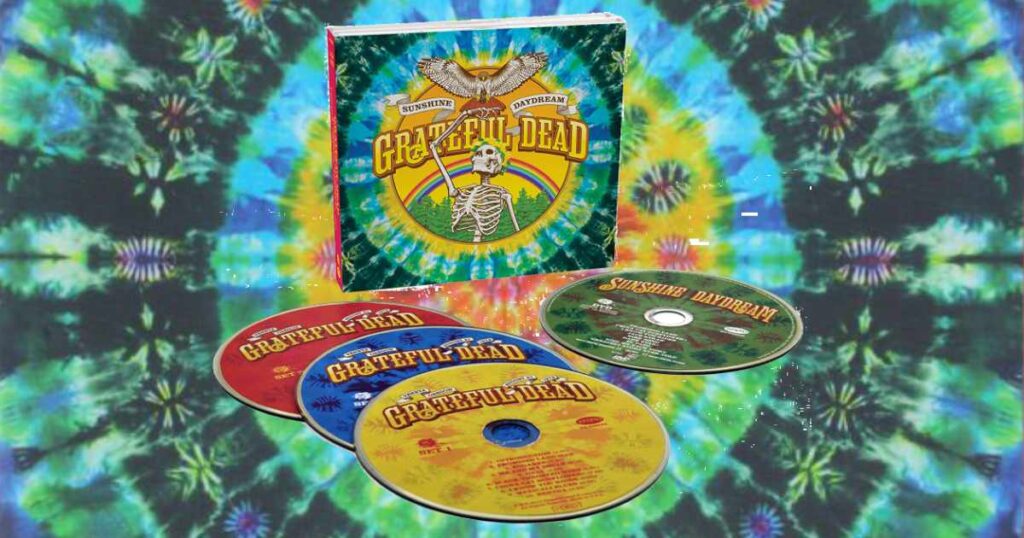
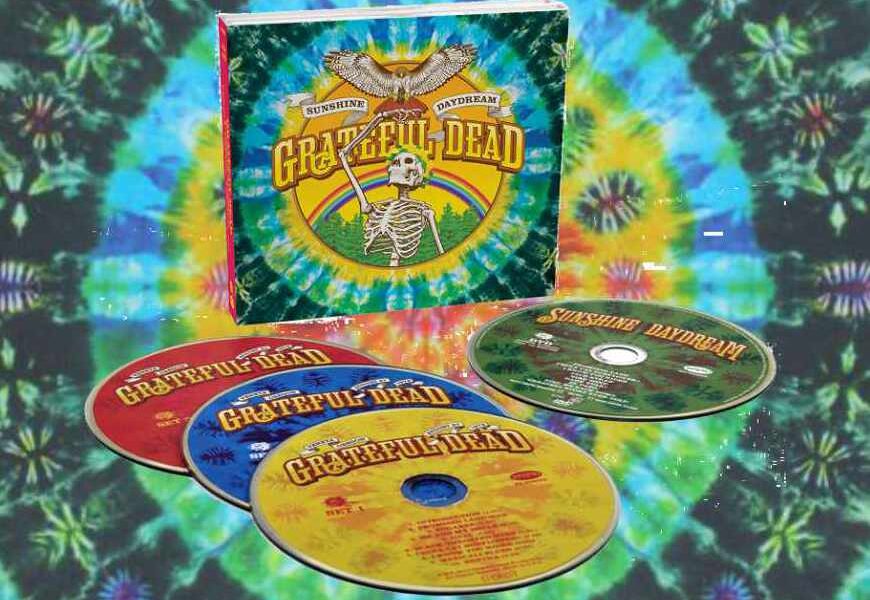
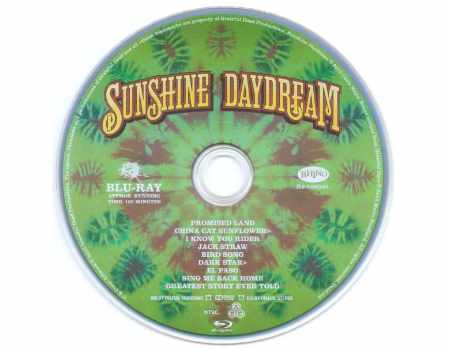
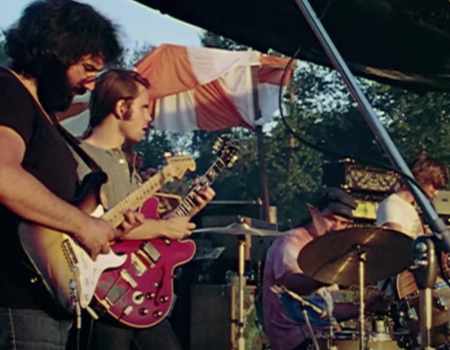
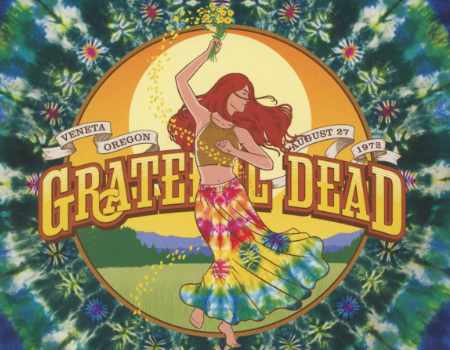
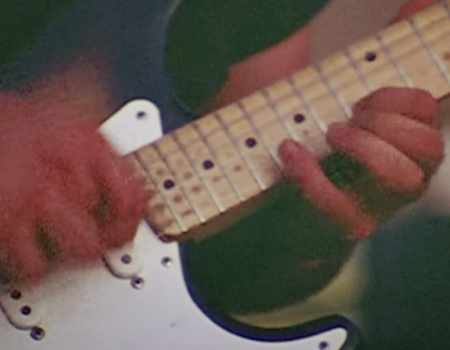
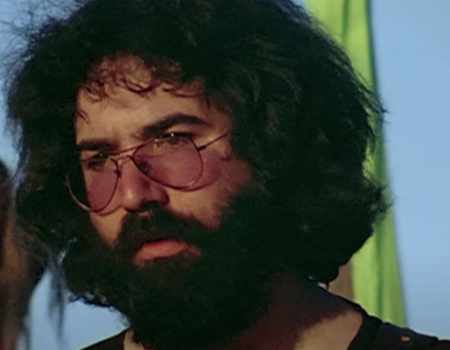
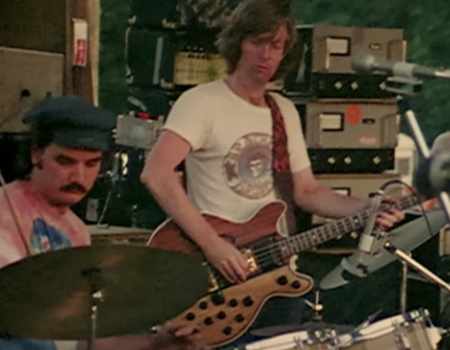
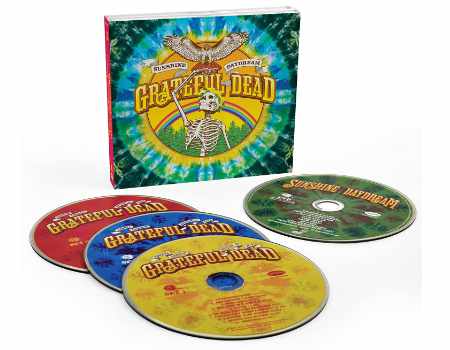
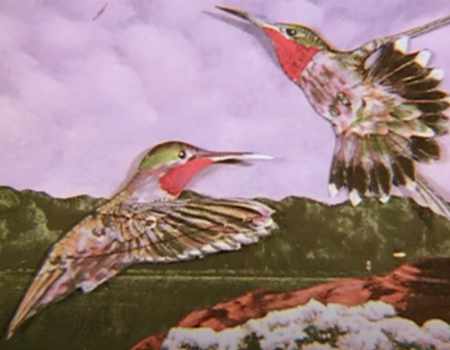
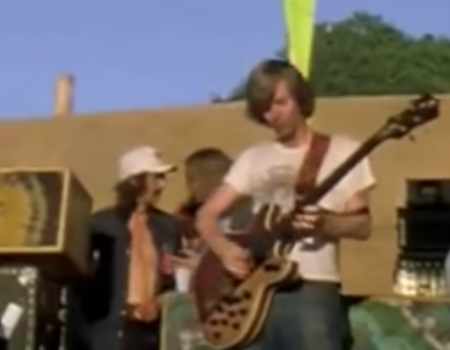
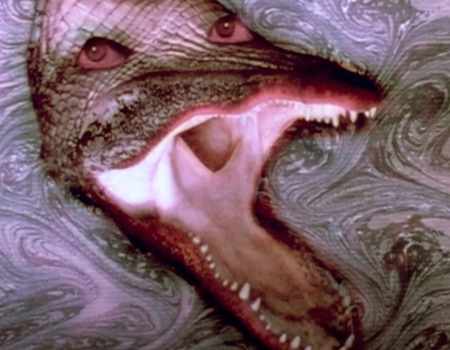
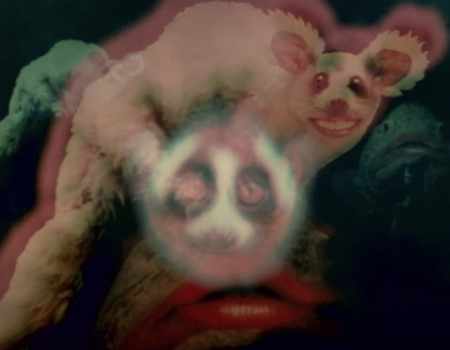







Nice review (not sure I caught it when it was originally posted).
This concert happened just as I was starting college. My first Dead concert however was a little over a year later (12/4/73 (which ended up as a bonus cd with the Winterland ’73 set, which was a nice coincidence); my first real Dead record was Workingman’s Dead). God I really need to crack this Sunshine Daydream set open and watch/listen (along with way too many more); top of the (huge) queue it goes…